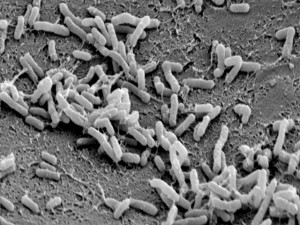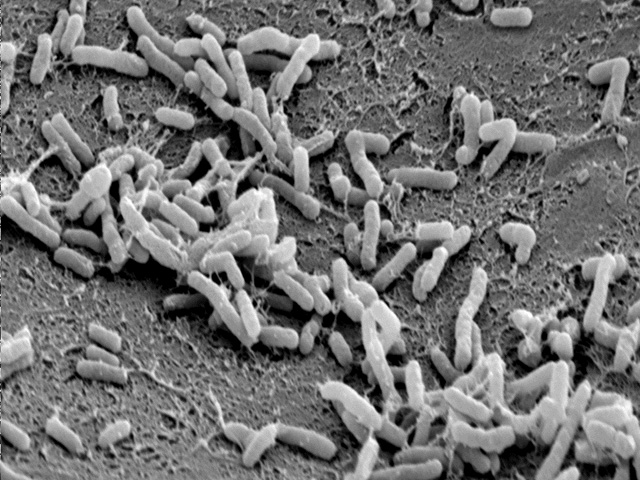 Nature continues to surprise us with the many ways plants interact with the world around them. Scientists at the University of Bristol (UK) have discovered a previously unknown route by which GM genes may escape into the natural environment.
Nature continues to surprise us with the many ways plants interact with the world around them. Scientists at the University of Bristol (UK) have discovered a previously unknown route by which GM genes may escape into the natural environment.
By studying plant-fungi-bacteria interactions at plant wound sites, the team have identified a natural process stimulated by a hormone released by the wounded plant that would allow synthetic genes to move across organisms and out into the wild.
Professor Gary Foster said: “This study suggests that the encounter between Agrobacterium and a fungus on the plant surface may lead to gene flow in a previously overlooked way, potentially leaking GM genes into the natural world.”
Read the University of Bristol announcement here. To download the research article, Investigating Agrobacterium-Mediated Transformation of Verticillium albo-atrum on Plant Surfaces, here.
Ed. Note: Agrobacterium transforms plant tissue as part of its infection process and is a tool scientists use to genetically manipulate many species of plants.

